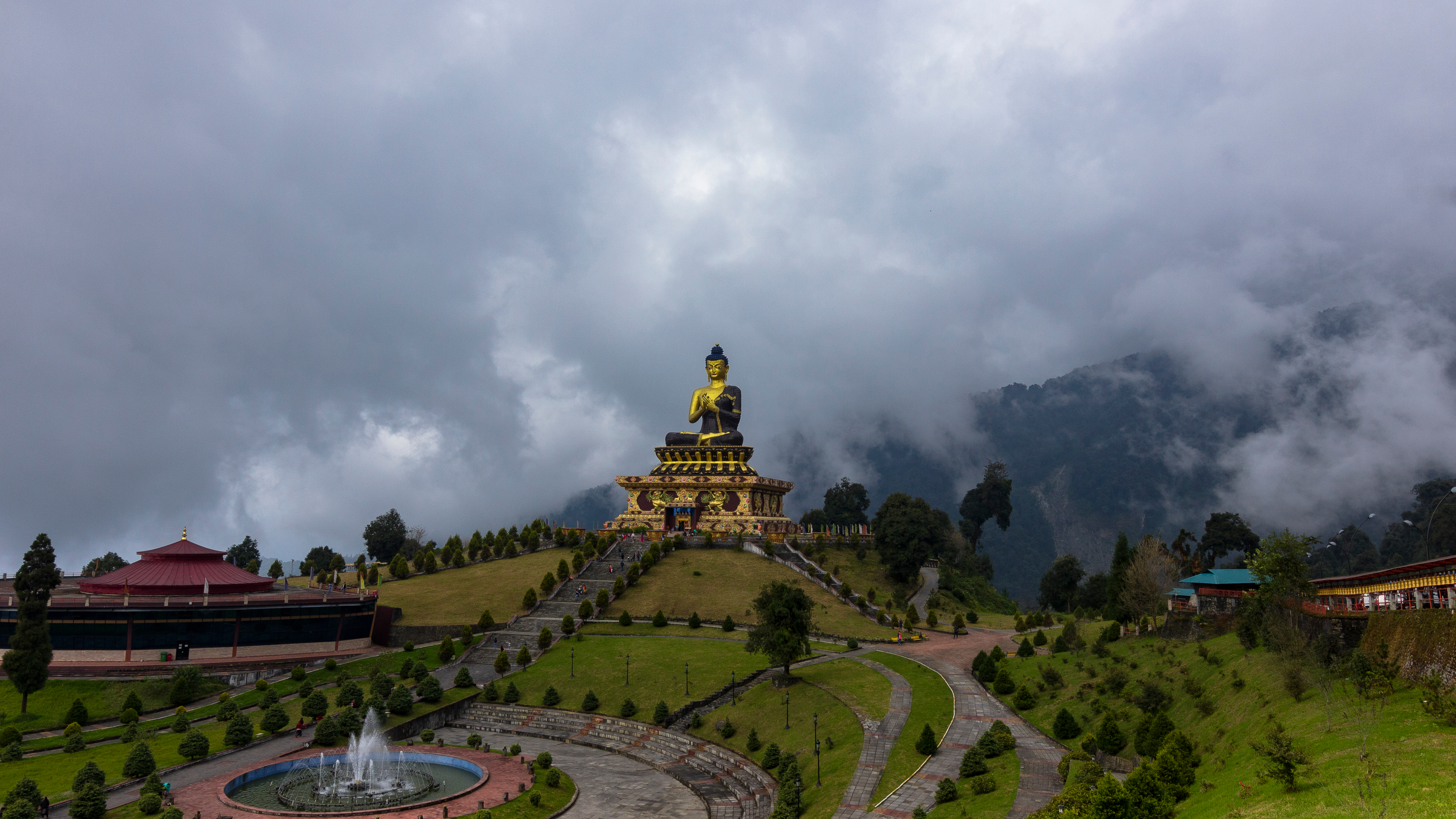Ancient Indian cities: Pioneers in urban living
Human civilization’s progress can be analyzed from individual growth and social progress. Proper planning of public and private space, collective welfare, dignified social norms, civic sense, resolution of disputes and general social behavior show-case how the society is progressing.
This photo “A popular cyclopedia of history, ancient and modern”
@flickr from Kerala Tourism
made available under an Attribution license.
In the current world, some of the stubborn issues we face are traffic management, urbanization, waste disposal, civil and criminal law enforcement, corruption and others.
Ancient history and the famous ‘Arthashastra’ written by the scholar Kautilya describe the development and the sophistication of ancient Indian society. Many major issues of the current era were effectively handled and managed in ancient India.
Traffic rules
Traffic rules were exercised for bullock carts and even the practice of collecting ‘toll fee’ was introduced. Arthshastra describes the fine to be levied in case of traffic violations. Traffic rules state that bullock carts were not allowed unless they were driven by a driver. Children, if allowed to drive a cart, must have adults accompanying and supervising them. Purposeful reckless driving was prohibited and the driver was penalized if driving recklessly. Loitering at nights, nuisance on roads and public spaces was penalized.
Laws of Privacy
Arthashastra also has several codes for building construction, design of forts, a clear division between private and common land, rules for resolving land disputes and strict laws against encroachment of others properties. The book also has rules against interfering in neighbour’s internal matters and privacy was respected.
Waste Management
Kautilya regarded forests, water bodies, and mountains etc as frontiers and as collective wealth. Waste must be disposed in a proper way not affecting the environment.Strict rules against defecating and urinating in public were in force.
It’s an amazing testimony on how far ahead the ancient Indian societies were to its western and eastern counterparts. A legacy which India’s modern cities should live up to.


